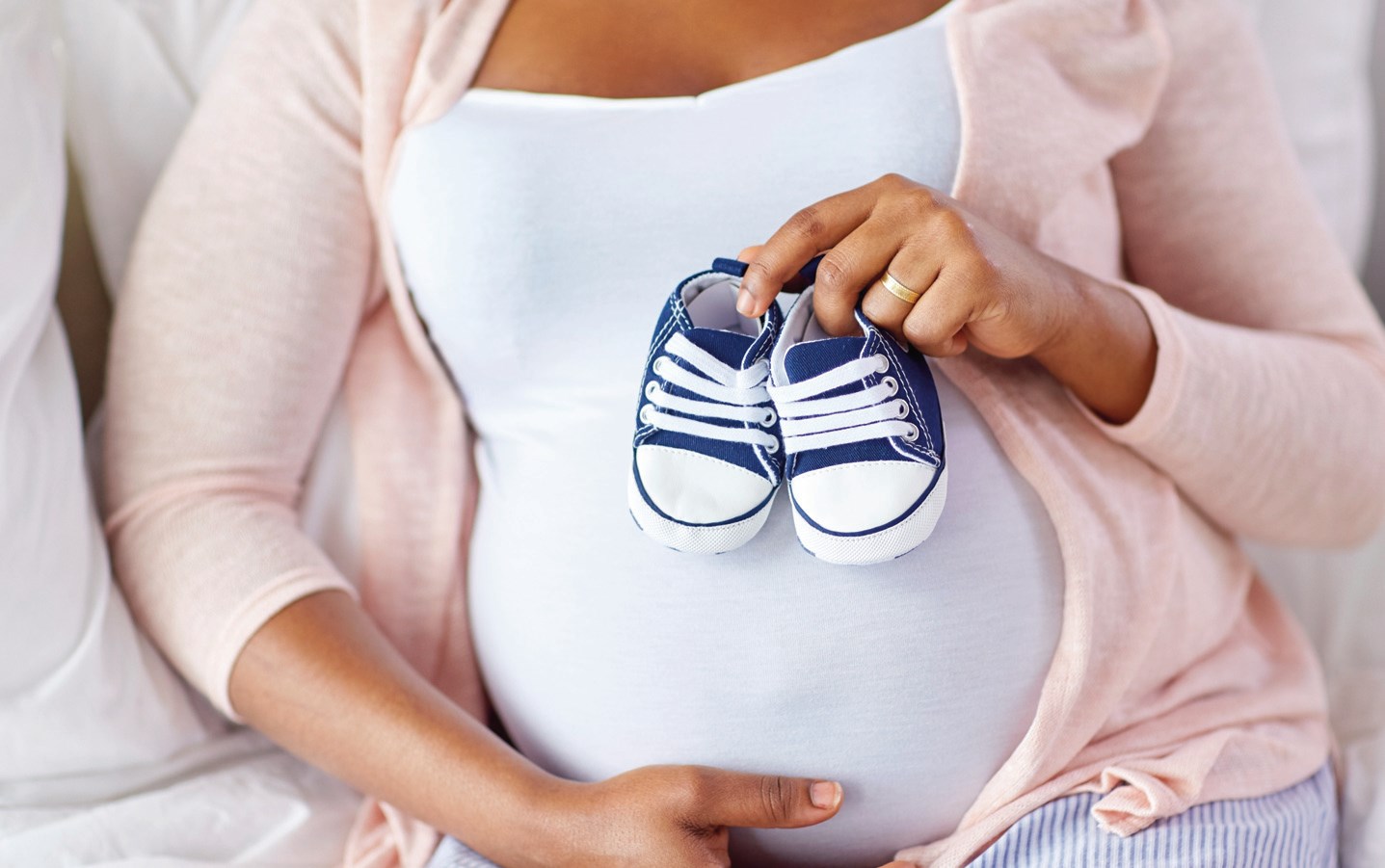HARTFORD, Conn. (AP) – Amid the balloons, cake and games at his best friend’s birthday party on a farm, 5-yearold Carter Manson clutched his small chest.
"He just kept saying ‘I can’t breathe, I can’t breathe,”’ his mother, Catherine, recalled tearfully. "I picked him up and told him it was OK and to just breathe. Just breathe."
It was the first time Carter had an asthma attack in public, and the inhaler he sorely needed was in the family car. Catherine calmed her terrified son and ran to get the inhaler; only then was Carter able to breathe easily. Black children are more likely to have asthma than kids of any other race in America. They’re more likely to live near polluting plants, and in rental housing with mold and other triggers, because of racist housing laws in the nation’s past. Their asthma often is more severe and less likely to be controlled, because of poor medical care and mistrust of doctors.
About 4 million kids in the U.S. have asthma. The percentage of Black children with asthma is far higher than white kids; more than 12% of Black kids nationwide suffer from the disease, compared with 5.5% of white children. They also die at a much higher rate.
Across America, nearly 4 in 10 Black children live in areas with poor environmental and health conditions compared to 1 in 10 white children. Factories spew nitrogen oxide and particulate matter. Idling trucks and freeway traffic kick up noxious fumes and dust.
The disparities are built into a housing system shaped by the longstanding effects of slavery and Jim Crow-era laws. Many of the communities that have substandard housing today or are located near toxic sites are the same as those that were segregated and redlined decades ago.
"The majority of what drives disparities in asthma, it’s actually social and structural," said Sanaz Eftekhari, vice president of corporate affairs and research of the Asthma and Allergy Foundation of America. "You can tie a lot of the asthma disparities back to things that have happened, years and years and decades ago."
Asthma is treatable. It can be managed with medicine, routine appointments and inhalers. But Black children often struggle to get treatment, and are more likely than white kids to end up in the emergency room with asthma symptoms.
Kamora Herrington, a community organizer in Hartford, Connecticut, doesn’t need to study the statistics to know that the children of her city are suffering.
"We know that our emergency rooms in the middle of the night during the summer are filled with children who can’t breathe," Herrington said. The prime cause, she said, is just as apparent.
"People need to demand change for real and people need to not be reasonable. At what point do you say, this is bull —? White supremacy and racism have everything to do with it."
The stubborn mold spores reappeared, no matter how hard Catherine Manson scrubbed the walls of her apartment, outside of Connecticut’s capital of Hartford.
As the mold began to spread further throughout the home, it dotted the walls of the bathroom and even on the bottom of one of the family’s sofas. Catherine became increasingly worried about her family’s health, noticing both she and the kids were coughing more. Their nebulizer treatments became more frequent while they lived there, and Catherine herself was prescribed an albuterol inhaler and diagnosed with asthma.
The property was owned by two different landlords during the four years the family lived there. The first didn’t attempt to fix the mold; the second tried, but failed, Catherine said.
But as the mold worsened, the family increasingly felt stuck and unable to leave. It was at the height of the COVID19 pandemic and funds were tight. Catherine suspects the mold began to form because the owners failed to address a leaky roof. The family noticed water and moisture on the walls, whenever it snowed or rained.













No Comment